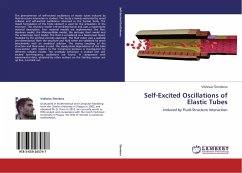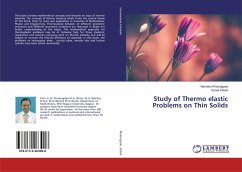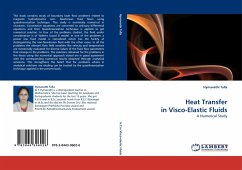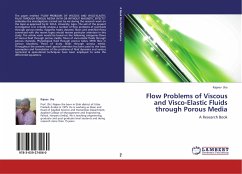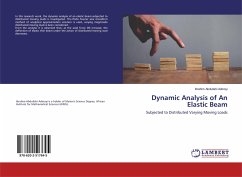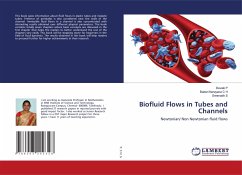The phenomenon of self-excited oscillations of elastic tubes induced by fluid-structure interaction is studied. The study is mainly motivated by vessel collapse and self-excited oscillations observed in the human body. The mixed formulation of the finite element is used for the simulation of the structure. The structure model is three-dimensional and uses a hyperelastic material description. Four material models are implemented: the Neo-Hookean model, the Mooney-Rivlin model, the isotropic Gent model and the anisotropic Gent model. The fluid is considered as a Newtonian liquid, modeled by the artificial viscosity approach. The fluid solver uses a spatially one-dimensional. Both the structure and fluid solver are validated by seven benchmarks with an analytical solution. The strong coupling of the structure and fluid solver is used. The steady-state dependence of the tube cross-section with respect to the transmural pressure is investigated for different collapse modes. The unsteady behaviour is studied and self-excited low-frequency oscillations are found. A comparison with experimental data, obtained by other authors on the Starling resistor set-up line, is carried out.

